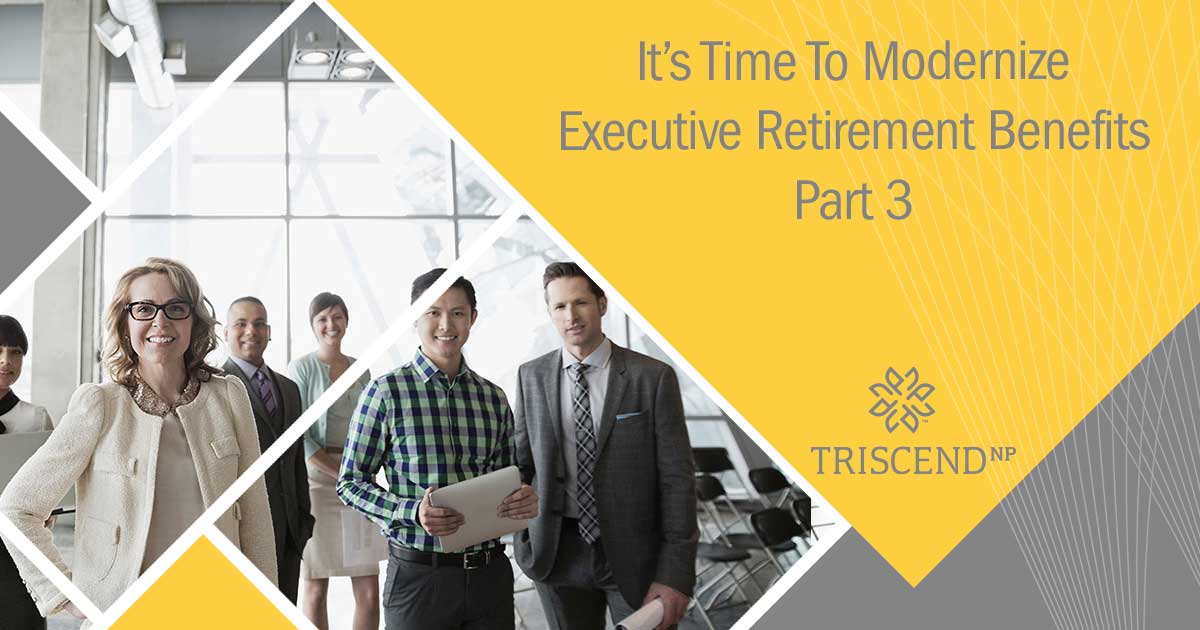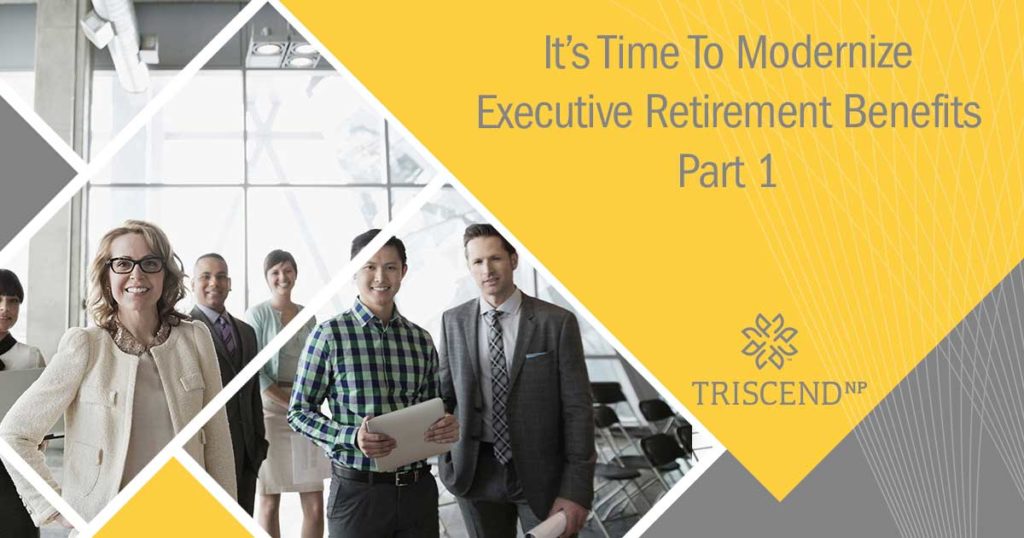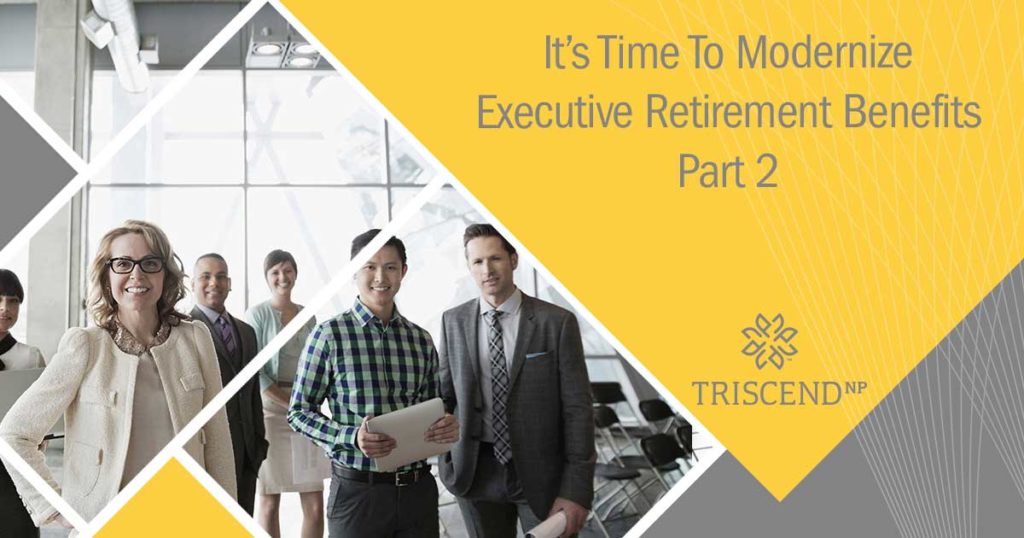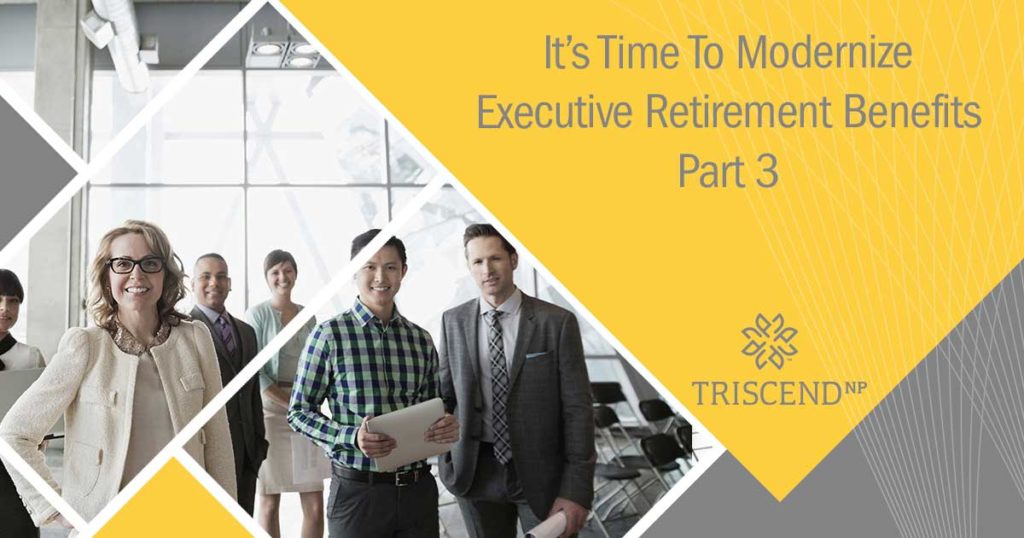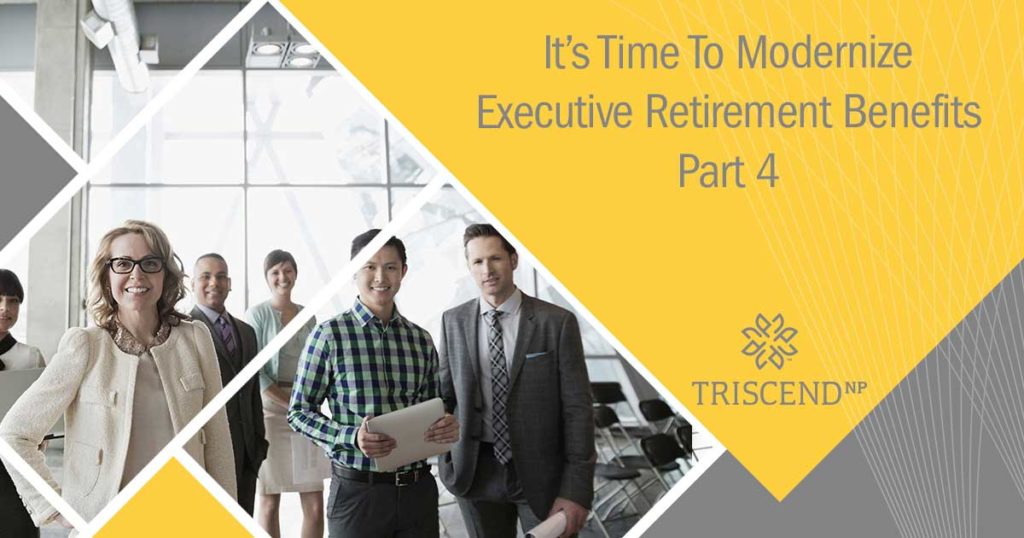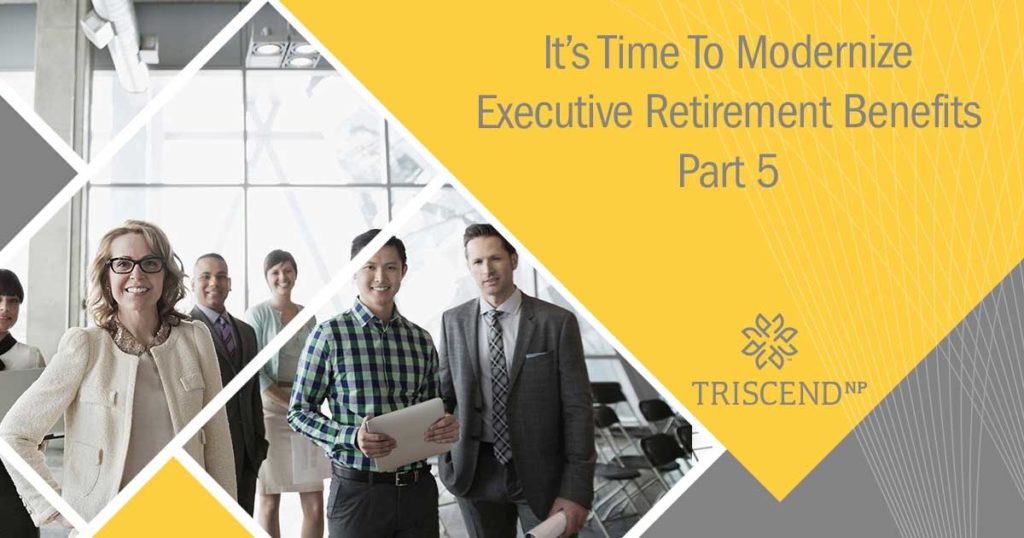An Invitation to Join a Dialogue

Most deferred compensation plans are significantly underfunded due to the inaccuracy of the original underlying assumptions. Other “Design” options are dependent on the accuracy of these assumptions as well. The goal of these articles is to explore ways to spend less money … not more … and to do so more intelligently. This article discusses the various issues associated with “Volatility.”
Volatility Is About The Timing Of Market Returns
Obviously volatility is a member of the “Rate of Return” family we discussed in the last article with Dale Edwards. Volatility is a major factor that impacts rate of return, but it is different in that it brings into consideration the timing of market returns. To use a simple example, say in the first year of investing you experience a 30% market loss, followed in the second year by a 30% market gain. You would conclude that your average rate of return was 0% for this two-year period. But that does not tell the whole story. You actually lost money during this two-year period, as the following simple chart illustrates:
| Annual Return | Investment Balance | |
| Initial Investment | – | $1,000 |
| Year 1 Return | -30% | $700 |
| Year 2 Return | +30% | $910 |
One commonly accepted way to look at volatility is to use Internal Rate of Return (IRR), which reflects the timing of returns and in this example resulted in an IRR of negative 4.6%.
So why is this important for Executive Retirement Benefits? The timing of returns has a dramatic impact on overall rates of return during the pre-retirement years, and an even greater impact during the post-retirement years.
Impact of Volatility During The Pre-Retirement Years
When designing an Executive Retirement Plan simply using an assumed rate of return, or discount rate, will almost certainly be wrong based on market timing dynamics. To illustrate this point, the following table shows the maximum and minimum Internal Rates of Return for the S&P 500 Index for all 10-year periods over the past 30 years (excluding dividends and taxes), compared to the Average IRR:
| Highest 10-Year IRR | 15.92% |
| Lowest 10-Year IRR | -3.03% |
| Average 10-Year IRR | 7.59% |
In other words, unless you are an expert in market timing, you will have to plan for a wide range of rates of return. You will need to conduct stress testing when designing a new plan or evaluating an existing plan and you will want to search for options that allow you to hedge against this risk (discussed below).
Impact of Volatility During The Post-Retirement Years
Volatility can have an even greater and adverse effect on executives during their post-retirement years. During bear markets executives will be making withdrawals from their retirement accounts, thereby locking in those market losses (also known as reverse dollar cost averaging). In addition, retired executives have a shorter time horizon within which to realize future market gains.
To illustrate the impact of volatility on the post-retirement years, consider two executives. One executive retired in 1995, and the other retired in 2000. Both received an identical lump sum of $1 million at retirement, and both invested those funds in an S&P 500 index (in this case including dividends). The following is the projected 20-year annual retirement income realized by these two executives (ignoring the impact of taxation):
| Annual Retirement Income | |
| Retire in 1995 | $131,006 |
| Retire in 2000 | $54,043 |
These results may surprise you, but remember that 1995 was the beginning of a 5-year period that had an average annual rate of return of 26%, whereas 2000 was the beginning of a 3-year period that had an average annual rate of return of -15%.
Strategies to Address Volatility
Hedges against volatility and rate of return risk are widely used in other industries, and there are several options available for executive retirement plans in healthcare. As an example, a widely available hedge that “collars” annual S&P index returns to a minimum of 0% and a maximum of 13% would have generated the following maximum, minimum and average 10-year Internal Rates of Return for the S&P 500 Index over the past 30 years, compared to the uncollared index:
| S&P w/o Collar | S&P w/ Collar | |
| Highest 10-Year IRR | 15.92% | 8.70% |
| Lowest 10-Year IRR | -3.03% | 5.31% |
| Average 10-Year IRR | 7.59% | 7.48% |
The collared approach offers much more consistent, and less volatile returns. In our experience, developing a plan with consistent, stable rates of return, even if that sacrifices returns during bull markets, is preferred by Compensation Committees and Boards.
Certain retirement plan designs and products can provide these collars during both the pre-retirement years as well as the post-retirement years, and should be explored as options.
Victor V. Buzachero serves as Corporate Senior Vice President for Innovation, Human Resources and Performance Management at Scripps Health in San Diego, CA


